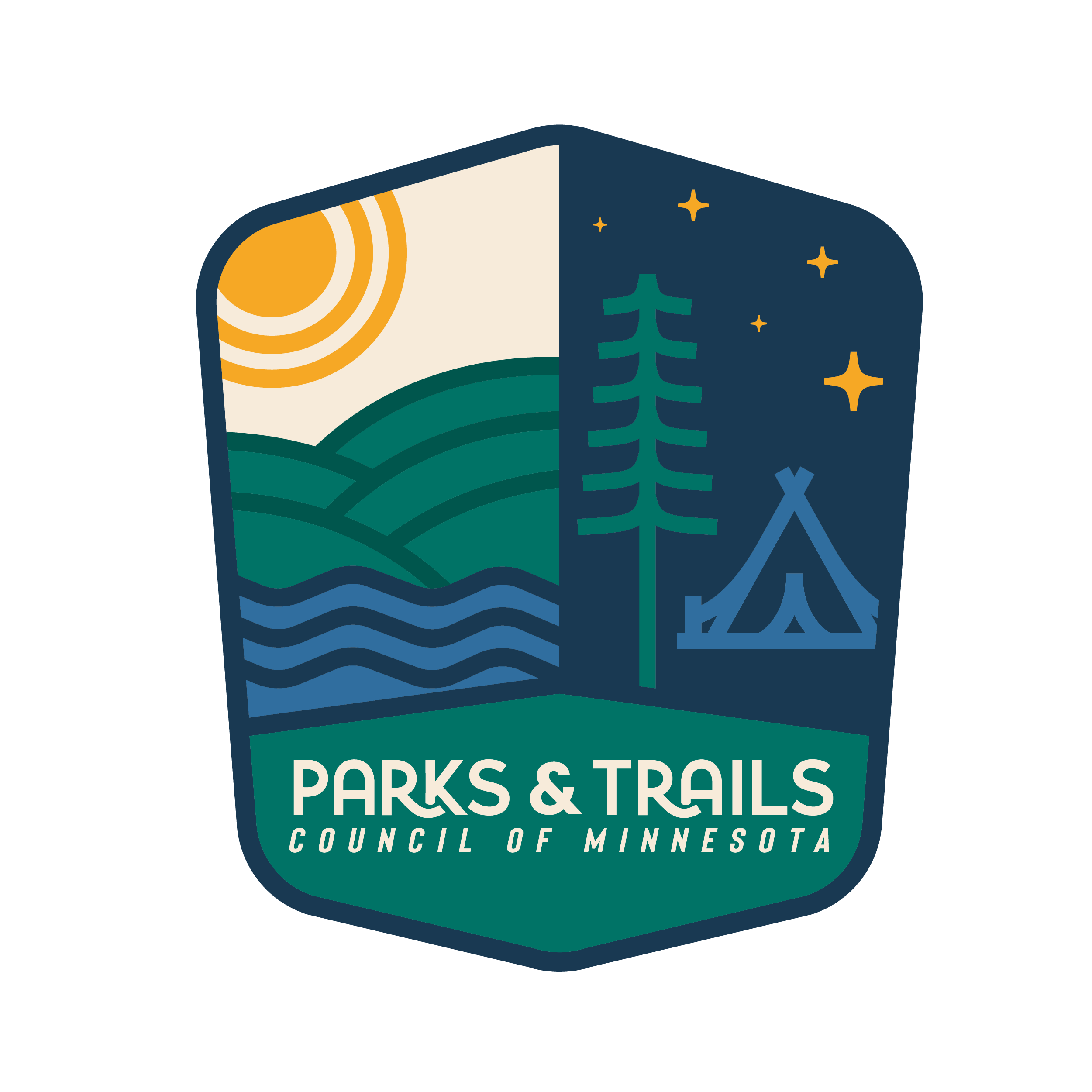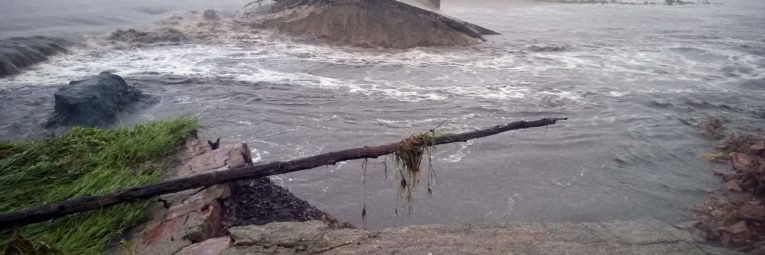The Department of Natural Resources has decided against rebuilding the dam and lake reservoir at Blue Mounds State Park near Luverne in southwestern Minnesota, citing concerns about water quality, endangered species and other factors.
The lake, which was an impoundment created by the lower dam on Blue Mounds Creek, was drained after heavy rainstorms and floodwater in June 2014 severely damaged the lower dam.
“We know water recreation opportunities, including swimming, are limited in Rock County, and we empathize with those who expressed a desire to have the dam and lake restored,” said Erika Rivers, director of Minnesota state parks and trails. “However, given all of the factors involved with this site, we believe the most responsible course of action is to remove the lower dam and restore Mound Creek to a natural stream channel.”
Factors that led to this decision included:
- Due to ongoing water quality problems, in particular the presence of E. coli bacteria that have the potential to sicken swimmers, swimming is no longer recommended in the area where the dam washed out.
- Restoring the creek would help improve water quality and protect state and federally endangered fish species, including the Topeka shiner, that are present in the creek.
- Rebuilding the dam to current safety standards likely would be incompatible with its National Historic Register designation.
The estimated cost to rebuild the dam and restore the lake is $6.1 million, compared with an estimated $1.4 million to remove the dam and embankments and reconstruct a 16- to 20-foot-wide stream channel.
The decision came after DNR officials analyzed several options for the dam site. The agency also presented options at an open house in February, with residents of seven local cities and townships attending. Following a month-long public comment period, the feedback did not show a clear consensus about how to proceed. In the end, the agency decided against rebuilding the damaged structure.
Next stage
The DNR is soliciting application letters from people who would like to help the agency reshape the park’s future.
“Blue Mounds State Park is an important part of the overall Minnesota state park and trail system,” Rivers said. “We are committed to engaging the public and local officials in discussions around site restoration, ongoing issues with water supply, and future recreation opportunities at the park.”
Specifically, Rivers hopes the public can help the DNR explore future options based on the park’s current features, including prairie, the bison herd, and rock climbing as well as water recreation opportunities such as fishing or paddling in Mound Creek.
Anyone interested in serving on the citizen advisory group should send a letter of interest by July 13 via email to rachel.hopper@state.mn.us or via U.S. mail to: Rachel Hopper, DNR Central Office, 500 Lafayette Road, St. Paul, MN 55155.
The letter should answer the following questions:
- What is your vision for the future of Blue Mounds State Park?
- Why are you interested in participating on the citizen advisory group?
- What education, work experience or expertise would you bring to the group?
“We hope to hear from people with a variety of expertise who can join us for discussions about topics such as resolving water quality issues, expanding recreation options and marketing the park,” Rivers said.
The group will meet regularly, starting in August, and will make recommendations to the DNR throughout the fall. There will be opportunities for public comment during this time as well.
For more information on Blue Mounds State Park, visit mndnr.gov/bluemounds

